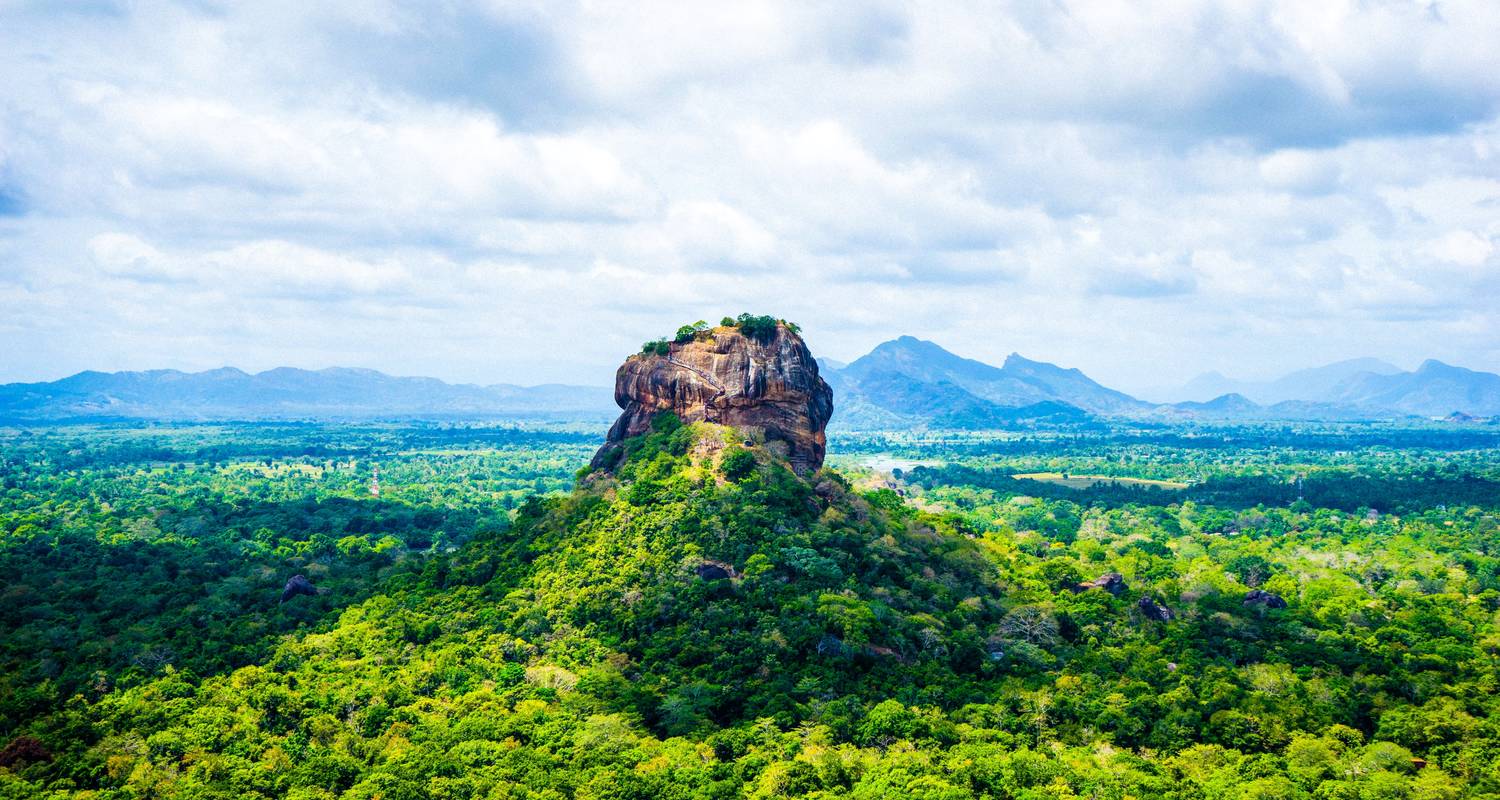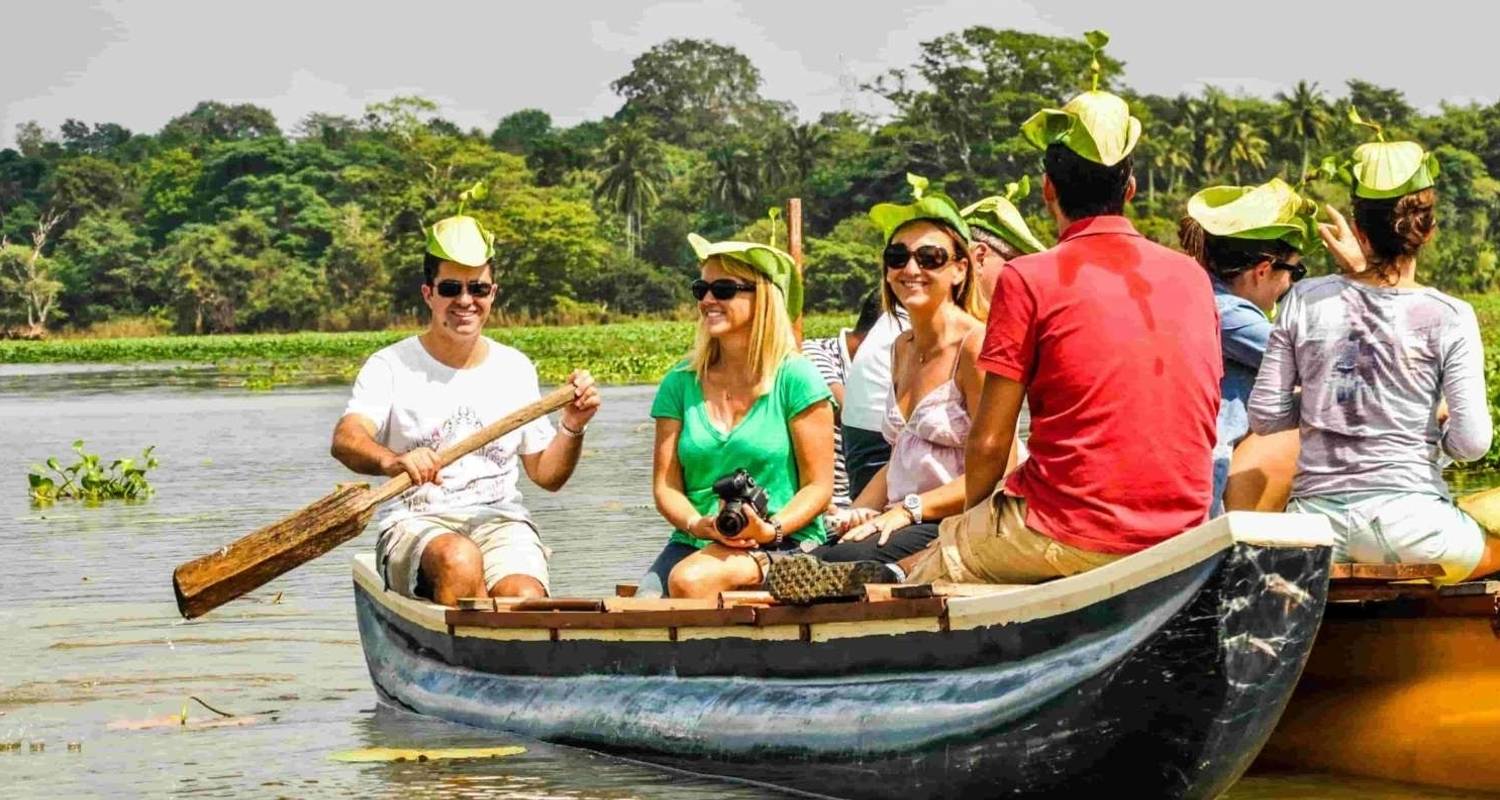Sigiriya
Sigiriya: The Lion's Rock
Location:
Sigiriya, also known as the Lion's Rock, is located in the central part of Sri Lanka, near the town of Dambulla, approximately 160 km from Colombo. It stands as a prominent landmark amidst the surrounding lush landscape.
Historical Significance:
-
Ancient Fortress: Sigiriya is a 5th-century rock fortress and palace complex. It was built by King Kashyapa (477–495 CE) and served as his royal residence.
-
UNESCO World Heritage Site: Sigiriya is one of Sri Lanka's most iconic UNESCO World Heritage Sites, recognized for its archaeological and historical importance.
-
Royal City: Before becoming a fortress, Sigiriya was used as a royal city. The site was chosen for its strategic location, offering a natural defense system and stunning views.
Architecture and Features:
-
Lion's Gate: The name "Sigiriya" comes from the "Lion's Gate," where the entrance is flanked by massive stone lion paws, leading to the summit. These are the remnants of a grand lion-shaped structure that once guarded the entrance.
-
Frescoes: Sigiriya is famous for its vibrant frescoes, known as the "Sigiriya Damsels," which are painted on the rock face. They depict royal women in vivid colors, with elaborate details of their attire and jewelry.
-
Mirror Wall: A unique feature of the site is the "Mirror Wall," a polished surface once so reflective that it allowed the king to view his reflection from afar.
-
Gardens: The lower levels of Sigiriya boast some of the most advanced water gardens, including terraced gardens, ponds, and fountains. They are considered some of the earliest examples of urban planning in ancient Sri Lanka.
Climbing the Rock:
Visitors can climb the 200-meter-high rock to the summit, where the remnants of the king’s palace, cisterns, and other structures are located. The climb includes several stages:
-
First Stage: Visitors pass through the entrance with lion paws and ascend through stairways that lead to the frescoes.
-
Second Stage: The Mirror Wall is located here, alongside the frescoes, before reaching the summit.
-
Final Stage: A series of steps and a ladder lead to the top, where the royal palace ruins are located, with breathtaking views of the surrounding area.
Cultural Importance:
Sigiriya holds cultural and spiritual significance. It was an important site during the reign of King Kashyapa, and the ruins remain a testament to the advanced engineering and artistic prowess of ancient Sri Lanka.
Visitor Experience:
-
Best Time to Visit: Early mornings or late afternoons to avoid the heat. The site can be busy during peak tourist seasons.
-
Ticket Information: There are entrance fees for foreign visitors, which contribute to the site's preservation.
-
Guided Tours: Available for a deeper understanding of the historical and cultural context of Sigiriya.
Nearby Attractions:
-
Dambulla Cave Temple: A UNESCO-listed site famous for its cave temples with Buddhist murals and statues.
-
Pidurangala Rock: Located nearby, this rock offers a different, less crowded view of Sigiriya and is popular among hikers.
-
Polonnaruwa: An ancient city with well-preserved ruins from Sri Lanka's medieval period, located a short distance away.
Conservation and Protection:
Sigiriya is managed by the Sri Lankan government and local authorities to ensure its preservation. Efforts have been made to protect the frescoes and other delicate structures from weathering.







